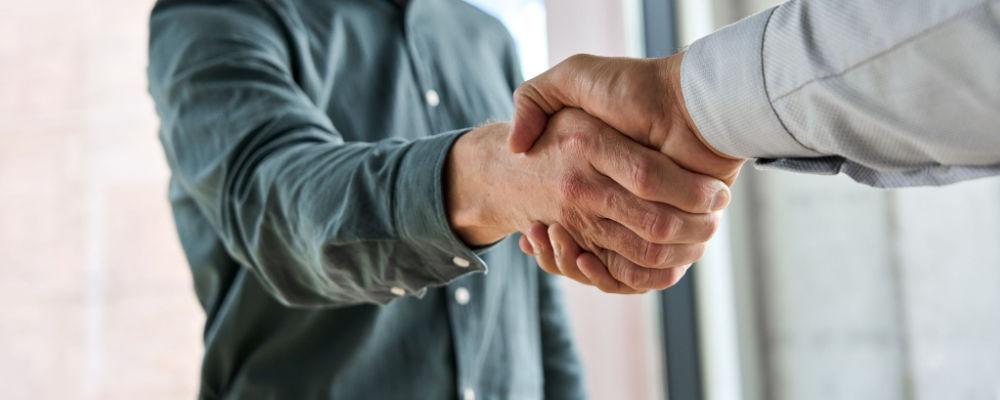I recently shared with my Italian students a video of myself over-explaining the atmosphere of Wembley Stadium on the fateful day Italy won the Euro 2020 against England. After I watched the three-minute film, I had some revelations.
- I needed a new class rule: No upsetting Mr. Les by rubbing it in that England lost on penalties.
- I never stopped fidgeting! The entire time I was either dancing about, twiddling my pen, or fiddling with my beard or jewelry. No wonder I could maintain the attention of 20 bored Italian teenagers — my constant movement is hypnotic!
I had no idea my fidgeting was so bad because I’m the only person in the room who physically can’t see it. (I don’t tend to talk into reflective surfaces other than the rare occasion when I’m reeeally drunk and giving myself the “God, it’s me … I got this, but just in case …” pep talk while looking at my watery reflection at the base of a pearlescent bowl, or I’m “being” James Bond in the mirror when no one’s looking.)
ADHD Fidgeting & Nervous Energy
Fidgeting is a big part of my ADHD. It’s subconscious. It can worsen when I’m stressed, learning, addressing a problem, or during intense moments. Fidgeting helps me pay attention, it is soothing, but it can also make everyone around me feel that same nervous energy I feel.
My friends have noticed my fidgeting and once turned it into a secret drinking game. Every time I touched my beard, they took a swig of beer. I had no idea what was happening, which made me more anxious, so I touched my beard more. They were ordering their third round of drinks in less than an hour until someone slipped and quietly told me what they were doing at my expense (at which point I went all in to punish them).
[Free Guide: How Fidgets Improve ADHD Behavior]
But fidgeting doesn’t always lead to fun and games. My former boss sat across from me at my last job, and my nervous energy made her feel like I was in over my head. Coupled with my distractability in that new environment, the optics made me look insecure and anxious when I was just thinking, creating, and learning a lot at once.
Now that I’m aware of how constant fidgeting can lead to misconceptions, I’ve come up with a few ways to reduce the appearance of nervous energy and what I call “sensory tics” at work.
Fidgeting: 6 Steps to Rein in Nervous Energy
1. Record Yourself
Next time you’re in a Zoom meeting, record yourself and re-watch how you act (especially if it was a boring meeting). That first playback will be horrible, but there are little things you can become more aware of that will help you see how you come across to others.
2. Stay Off the Camera
If you can’t contain your fidgeting during a video conference, switch off your camera for a bit, so you can indulge in your fidgeting or a quick burst of exercise to relieve tension without distracting others. Then go back to your poker face.
[Self-Test: Do I have ADHD?]
3. Use a Sound-Proof Fidget
I keep a silent fidget — a blunt pencil or a non-click pen — in my hand when I’m on camera. I can twiddle it out of the frame while I think. I also carry a tennis or squash ball, or small Slinky, that I can squeeze or juggle when presenting to my class. It also helps make Q&As more interactive since I toss the toy to whomever I want to answer the question. I encourage my kids to do the same.
3. Don’t Skimp on Personal Grooming
If you fidget with your beard as I do, don’t go full Viking (as badass as it looks). Trim it short, so there’s little to pick at or twizzle, but don’t shave it off entirely, as then you’ll be rubbing that one bit of stubble you missed all day. (Also, the last time I did a full shave, I discovered that I’d grown an extra chin. It was horrific.) The same rule applies to any other body parts you tend to pick. Keep nails short and manicured. (Treat yourself and spend a little money on getting them done properly.)
4. Work in Exercise
Exercise isn’t easy to do in a work setting. But try to do the odd stretch or find a quiet spot to quickly stimulate the muscles around the areas of your body where you feel anxiety the strongest. For me, it’s my chest and shoulders. So, when I’m working from home, I sometimes do some SAS push-ups in private. They’re hard and intense enough that it only takes a few to dispel the tension without needing to jump about. Yoga poses are great for this, too: Swoop down from downward dog into a cobra pose and back up a few times. You’ll feel much better, with the benefit of coming back to your desk looking and feeling stronger.
If you work from home, consider pacing while you think (or find an empty conference room at work). I was on a phone meeting last week (use headphones — you’re welcome) and racked up 2,000 steps marching up and down my living room. The meeting went really well because I had the space and created a rhythm to think and actively listen (literally).
5. Wear a Ring or Subtle Jewelry
I’ve worn a plain ring every day since I was 15. It’s steel, durable, a little weighted, and discreet. I can feel it and turn it when I’m thinking or typing. No one notices because they’re looking at your eyes when you’re talking, and the movement isn’t in their periphery. You can also get Greek beaded bracelets that you can tug on, which serve the same purpose. They’re reasonably cheap and replaceable, too. Just find the right weight for you, like the totems they use in Inception.
6. Take Your Shoes Off
Finally, take your shoes off under your desk (assuming you have a private workstation, office, or cubical). Feel the floor with the soles of your feet. Stick a small ball under there and roll your foot over it. This combines a mini massage with a fidget that no one will notice (unless they have a foot fetish, which is an entirely different conversation, or the ball goes rogue through the office).
Fidgeting: Next Steps
SUPPORT ADDITUDE
Thank you for reading ADDitude. To support our mission of providing ADHD education and support, please consider subscribing. Your readership and support help make our content and outreach possible. Thank you.







